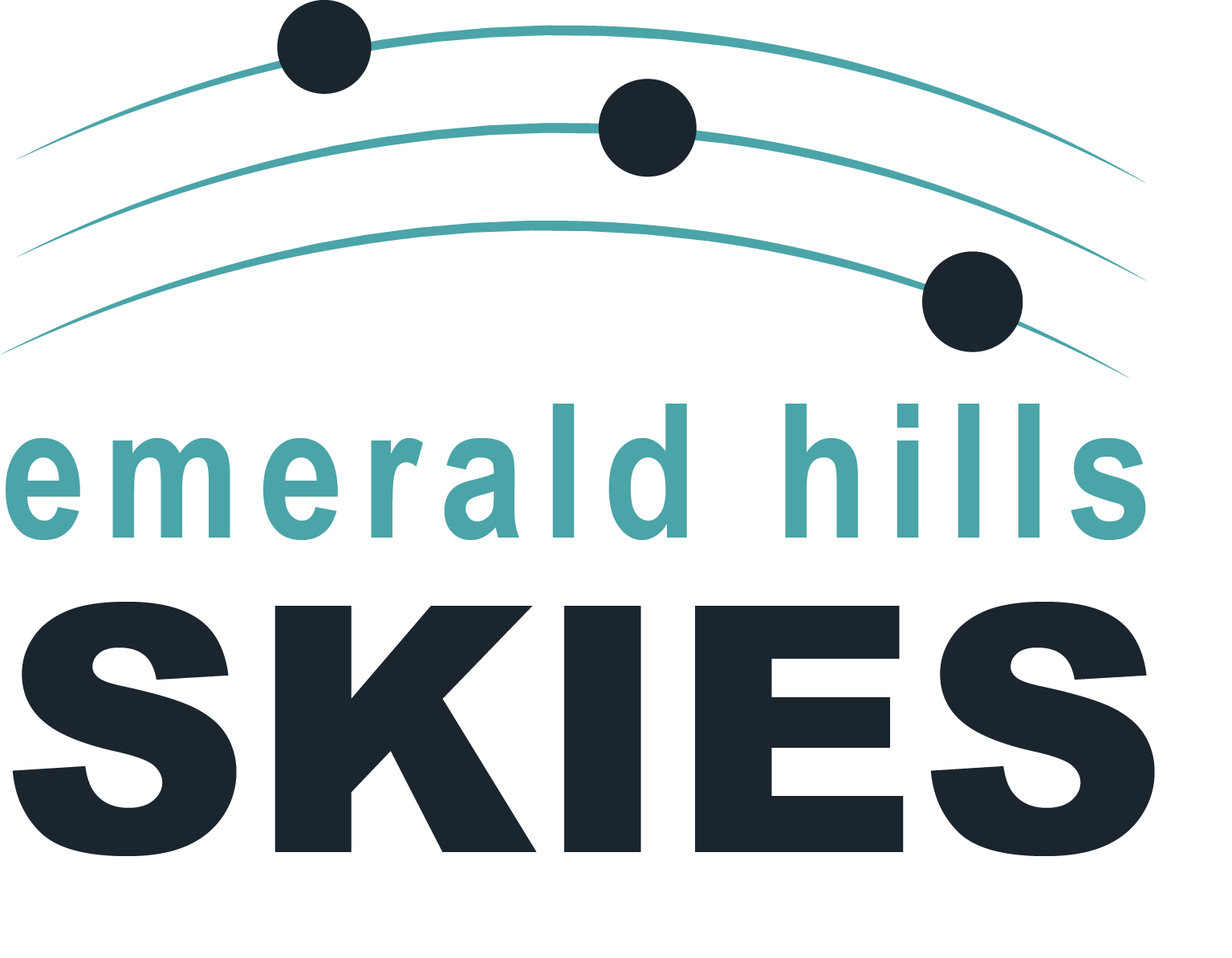SchoolMaster (John)
History (where did you start astronomy from)
I started in New Zealand with a home ground 6″ Newton in Bortle 1 skies as a teenager, over 50 years ago.
Where did you hear about EAA
Cloudy Nights, after restarting visual for a school project (I’m an educator)
What are your expectations?
To learn, explore, and share from my front yard.
What do you already have?
- OTA: C8, 127mm Mak, 102mm achro, 80ED, 70ED (access to 90mm Mak, 80mm achro)
- Mount: iOptron GEM28, Celestron Evolution, Skywatcher GTe, Virtuoso.
- Camera: ZWO 294MC, PlayerOne MarsM (IMX290M)
- Gubbins: StarSense, reducers, SkySync GPS, small assortment of inexpensive diagonals, eyepieces, filters, spacers, SVBONY 106 60mm guide scope, Celestron 50 x 9 RACI, Celestron Electronic Focuser
Budget (cost of starting kit, cost of current kit)
Complicated, started with some donated kit. Have $100 ‘no questions asked’ budget for all personal expenditure to be deployed as I see fit.
Start: 102mm achro, GTe, reducer, spacers and adaptors, 224MC camera – about $1000 if bought at full price, but oparts loaned, and other bought used or open box.
Since bought/obtained:
- iOptron GEM28 – $1250
- used HyperStar v4 and filter drawer – $950
- used Celestron Evolution mount – $800
- used ZWO 294MC – $420
- new and used reducers, 2 x 0.63, 1 x 0.80 – $380
- used StarSense – $350
- AT70ED – $300
- used SVBONY 106 60mm guide scope and PlayerOne MarsM – $200
- used (NIB) SVBONY 305 80ED – $168
- numerous inexpensive bits and pieces – $1000
How much is too much?
Cost benefit rather than money. I would consider buying any of the following:
- $4000 mount if capable of 120 sec + subs, 10+ mins unguided, 0.5″ RMS guiding for 2 hours and light enough to be carried with C8 for EAA and casual AP (minimal post-processing)
- $2000 ED doublet or triplet refractor or larger SCT
- $2000 solar with etalon.
- $1500 camera
Would need to know that these would be improvement over what I have and partly financed by selling of some existing equipment used.
OTA (advice)
- START: 80ED f/6 or f/7(AT72IIED up to 90mm) AT80ED
- LONG RUN : 8 – 11″ SCT (depends on your strength, and mount cost) Add.
Mount (advice)
- START: Used GTe, SLT, or SE. Will end up as Grab-and-go.
- Need ASCOM and GoTo. a 10 – 15 pound capacity used GEM for $500 will work too.
- LONG RUN: 40 pound+ capacity high-tech Alt-Az, GEM or CEM.
Camera(s) and preferred targets and techniques.
START: General-purpose color planetary not to exceed $400.
- Add 290MM for guiding, galaxies, clusters and sensitivity.
- Add large color camera 294MC, 533MC Pro, 294MC Pro, cooled or uncooled depending on circumstances, budget, and expectations.
- Add large mono camera 294MM, 533MM if mono or narrowband interests you later.
There is/are one large galaxy, four Solar System Objects (Moon, Mars, Jupiter, and Saturn), a small number of large, colorful nebulae, comparatively few planetary nebulae, many small nebulae, many globular and open clusters, infinite medium to small galaxies ,and many other strange or faint objects. Plan accordingly. You can spend a lifetime studying the Moon alone if that is your thing.
I prefer ‘Fast and Furious’, short subs for about five minutes, with 8 sec subs for 16 minutes as a maximum, but still learning. Favorite targets, medium to small galaxies in mono.
What don’t you like about EAA?
There are a lot of moving parts in the complete EAA system and there are frequent frustrations when something goes out of whack, randomly and unexpectedly. But that is the price of flexibility and user-configurability.
